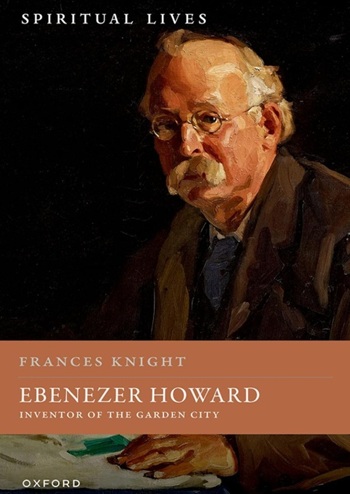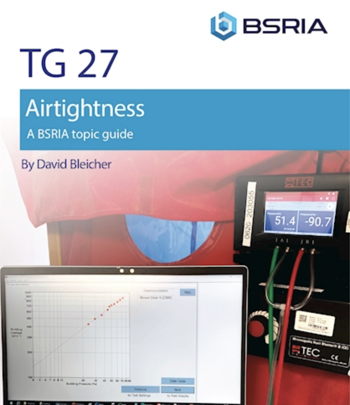Trade unions

|
[edit] Introduction
A trade union (usually abbreviated to ‘union’) is an association of workers who by virtue of having banded together to form a single entity can increase their bargaining power in matters such as workers' rights, pay, working conditions, work rules, compliant procedures, employment benefits, strike action and social policy. A trade union can negotiate with employers, local and central government, and other organisations on behalf of its members.
Union members (generally employees) usually pay annual fees and union dues which go toward the running costs of the union, such as those for head office, general administration and legal teams.
Each union usually has a team of representatives (or committee) voted for by the employees through democratic elections who will negotiate, bargain and generally represent the members in all matters, especially with employers.
Trade unions originated in the UK in the 19th century and spread to many countries during the industrial revolution. Union members may be employees, individual workers, apprentices, professionals, past workers and unemployed. They tend to become more active when there is an economic crisis that may be accompanied by rising unemployment, sackings, factory closures, a deterioration in working conditions and so on.
In the UK, the height of trade union power and level of membership was reached in the late 1970s when there were 13 million worker members. However, membership and power fell sharply in the 1980s as a result of the reforms instigated by the Thatcher government, in particular the conflict with the miners which represented a turning point for union power. In addition, the industries in which trade unions were strongest – steel, coal, printing and the docks – have experienced long-term decline.
Since 2004, the Department for Business, Energy & Industrial strategy has published annual national statistics with regard to trade union membership.
In the UK in 2017 there were:
- 6.3 million employee members of trade unions (a 0.3% increase over 2016);
- 23.2% of the UK workforce belonged to a trade union;
- Female employees are more likely to be members of trade unions: 25.6% of female employees are in a union compared to 20.9% of males.
- 13.5% (2.7 million) private sector employees are trade union members;
- 51.8% (3.5 million) of public sector employees are trade union members;
- Older workers are more prevalent in trade unions than younger workers;
- 39.8% of trade union member employees aged over 50;
- 28.8% of trade union member employees aged below 50.
[edit] Construction
UCATT (Union of Construction, Allied Trades and Technicians) was historically one of the principal unions for construction workers. However, in November 2016, its members voted unanimously to merge with Unite, Britain’s largest union. This has created one union for the whole of the construction industry. The new body pledged to end bogus self-employment claims, stop firms undercutting pay, terms and conditions, and ignoring key safety laws, end the dismissal of workers without warning, and prevent exploitation of workers through payments via agencies or umbrella companies.
[edit] Related articles on Designing Buildings
- Apprenticeships levy.
- Civil Engineering Procedure.
- Construction Industry Training Board CITB.
- Contractor.
- Identifying the causes of trends in construction labour productivity.
- Institution of Civil Engineers.
- Labourer.
- Large Industrial Sites report.
- National Infrastructure Plan for Skills.
- Skills shortage.
- Trade.
- Trade body.
- Trade contractor.
Featured articles and news
A change to adoptive architecture
Effects of global weather warming on architectural detailing, material choice and human interaction.
How big is the problem and what can we do to mitigate the effects?
Overheating guidance and tools for building designers
A number of cool guides to help with the heat.
The UK's Modern Industrial Strategy: A 10 year plan
Previous consultation criticism, current key elements and general support with some persisting reservations.
Building Safety Regulator reforms
New roles, new staff and a new fast track service pave the way for a single construction regulator.
Architectural Technologist CPDs and Communications
CIAT CPD… and how you can do it!
Cooling centres and cool spaces
Managing extreme heat in cities by directing the public to places for heat stress relief and water sources.
Winter gardens: A brief history and warm variations
Extending the season with glass in different forms and terms.
Restoring Great Yarmouth's Winter Gardens
Transforming one of the least sustainable constructions imaginable.
Construction Skills Mission Board launch sector drive
Newly formed government and industry collaboration set strategy for recruiting an additional 100,000 construction workers a year.
New Architects Code comes into effect in September 2025
ARB Architects Code of Conduct and Practice available with ongoing consultation regarding guidance.
Welsh Skills Body (Medr) launches ambitious plan
The new skills body brings together funding and regulation of tertiary education and research for the devolved nation.
Paul Gandy FCIOB announced as next CIOB President
Former Tilbury Douglas CEO takes helm.
UK Infrastructure: A 10 Year Strategy. In brief with reactions
With the National Infrastructure and Service Transformation Authority (NISTA).
Ebenezer Howard: inventor of the garden city. Book review.
Airtightness Topic Guide BSRIA TG 27/2025
Explaining the basics of airtightness, what it is, why it's important, when it's required and how it's carried out.





















